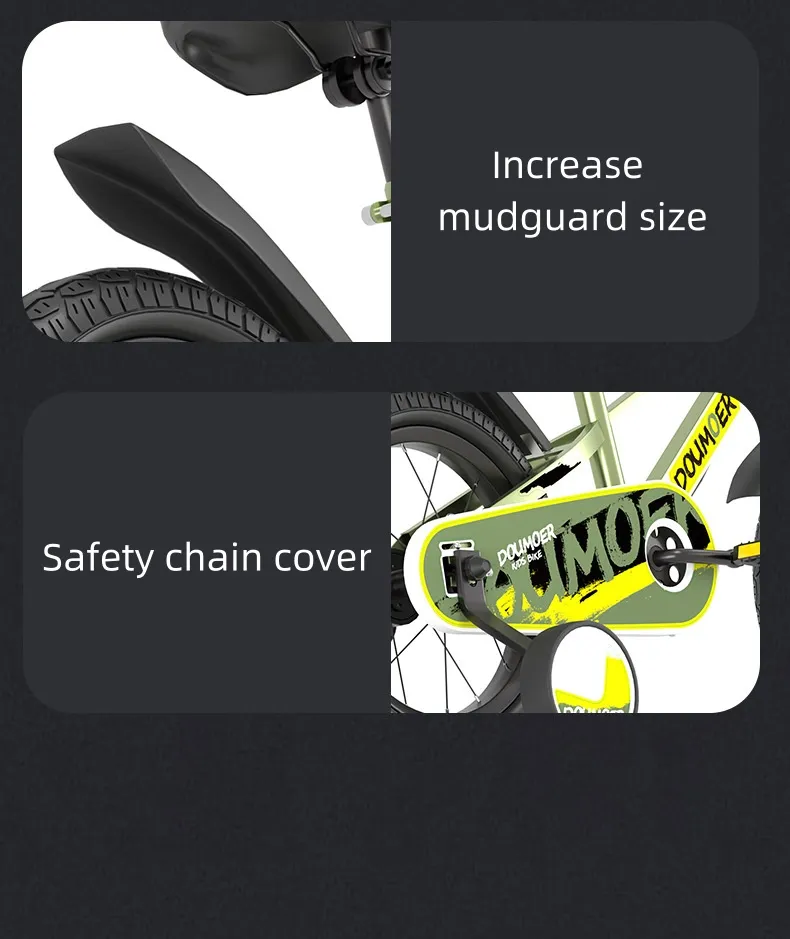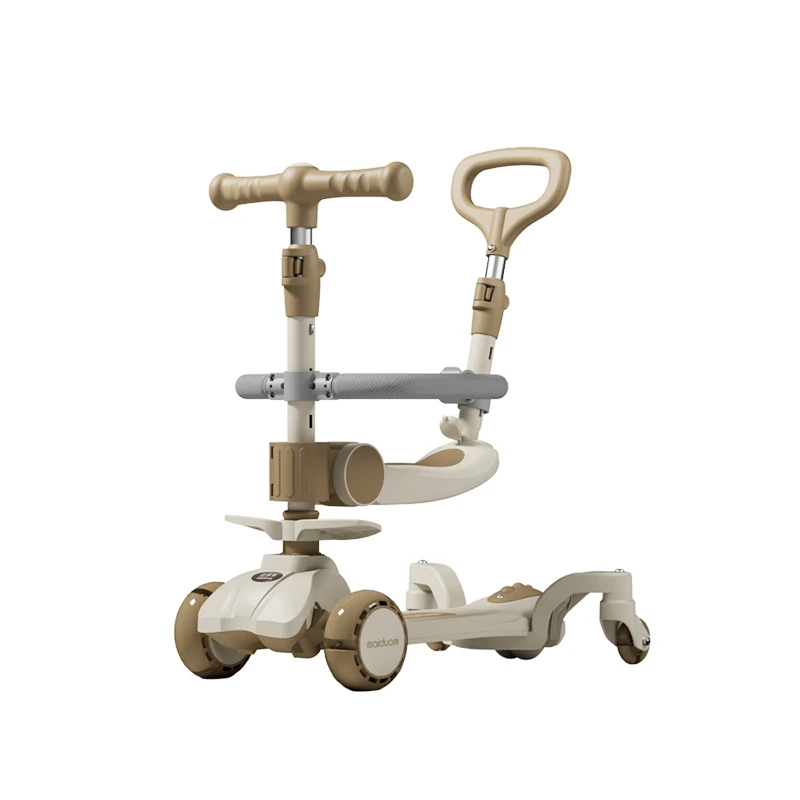Scooter vs Bicycle Safety Which is Safer for Urban Commuting?
- Introduction: Exploring Scooter vs Bicycle Safety
- Statistical Overview: Accident Rates and Injury Patterns
- Technological Advancements in Scooter and Bicycle Safety
- Leading Manufacturer Approaches to Vehicle Safety
- Customization Options Addressing Safety Concerns
- Real-world Applications and Case Studies
- Concluding Thoughts: Evaluating Scooter vs Bicycle Safety in Urban Mobility

(scooter vs bicycle safety)
Introduction: Unpacking Scooter vs Bicycle Safety Concerns
Urban mobility has undergone a significant transformation with the growing popularity of electric scooters and bicycles as primary modes of transportation. This shift raises an essential question: how do scooter vs bicycle safety
measures compare, especially for daily commuters and city dwellers? Evaluating both forms of transport requires a nuanced approach that includes reviewing accident data, understanding user behavior, and assessing manufacturer efforts to enhance safety. This comprehensive comparison will cover injury rates, technological advantages, manufacturer initiatives, customizable safety solutions, and real-world examples to offer a holistic overview. The aim is to equip the reader with an informed perspective on the evolving landscape of micro-mobility safety.
Statistical Overview: Accident Rates and Injury Patterns
Understanding the safety profiles of bicycles and electric scooters hinges on analyzing robust accident and injury data. According to a 2022 study by the U.S. Consumer Product Safety Commission (CPSC), emergency room visits related to electric scooter incidents increased by 70% from 2017 to 2022, while those involving bicycles climbed by just 12% within the same period. Notably, scooter-related injuries were more likely to involve the head and neck (27%), compared to bicycles (19%). This may reflect the variance in helmet usage—43% for e-scooters versus 74% for bicycles according to a 2021 survey.
Another dimension is fatality rates. The National Highway Traffic Safety Administration reports a 24% higher rate of fatalities per million users for e-scooters compared to bicycles in urban settings. However, bicycles still account for a greater absolute number of overall deaths due to higher ridership. Below is a comparative table summarizing key injury and accident metrics:
| Electric Scooters | Bicycles | |
|---|---|---|
| Annual ER Visits (2022, USA) | 42,200 | 319,900 |
| Rate of Injury Increase (2017-2022) | +70% | +12% |
| Helmet Usage (% of riders) | 43% | 74% |
| % Head/Neck Injuries | 27% | 19% |
| Urban Fatalities (per million users) | 7.1 | 5.7 |
These figures highlight the importance of targeted interventions to mitigate risk, particularly among scooter users, and demonstrate a clear need for improved safety education, better infrastructure, and technological enhancements.
Technological Advancements in Scooter and Bicycle Safety
The evolution of safety technologies has played a crucial role in reducing the severity of accidents for both scooters and bicycles. Modern electric scooters are now equipped with regenerative braking systems, automatic speed limiters, and enhanced front and rear lighting to improve nighttime visibility. Some premier scooter brands also deploy sensors that detect sharp turns or rapid deceleration to warn users or adjust speed autonomously.
On the other hand, bicycles have seen the introduction of integrated smart helmets, high-visibility LED strip lights, and connected navigation systems that provide real-time route risk assessments. Anti-lock braking systems (ABS) have made their way into certain high-end bicycle models, further closing the gap between scooter vs bicycle safety features.
Data from a 2023 industry report demonstrates that electric scooters outfitted with dual braking and adaptive lighting experienced 36% fewer accidents involving poor visibility compared to standard models. Similarly, bicycles integrating proximity sensors and real-time telemetry show a 28% decrease in side-impact collisions. These developments signify a clear trend towards leveraging technology to address longstanding safety challenges.
Leading Manufacturer Approaches to Vehicle Safety
Industry leaders are taking divergent but complementary paths to enhance scooter and bicycle safety. Companies like Segway-Ninebot and Xiaomi have concentrated on refining the stability and predictability of electric scooters by embedding gyroscopic balance assist and reinforced frames. Their scooters often include torque sensors for improved ride responsiveness and modular battery designs to maintain optimal weight distribution.
In the bicycle segment, Trek and Specialized are innovating with frame geometry, puncture-resistant tires, and sophisticated onboard computers that inform riders of speed and environmental hazards. Specialized’s proprietary crash-detection system sends automated alerts to contacts in case of a fall, while Trek's attention to daylight visibility systems is resulting in up to 50% fewer overtaking accidents.
The table below showcases how leading manufacturers compare across key safety technologies:
| Feature | Segway-Ninebot (Scooter) | Xiaomi (Scooter) | Trek (Bicycle) | Specialized (Bicycle) |
|---|---|---|---|---|
| Integrated Lighting | Front/rear + side LEDs | High-lumen headlamp, rear brake light | Daytime running lights | Smart illumination system |
| Braking System | Dual brake + regen | Disc + electric e-brake | Hydraulic disk, optional ABS | Hydraulic disk, optional ABS |
| Smart Sensors | Gyroscope, accelerometer | Speed limiter, torque sensor | Collision warning, GPS | Crash detection, telemetry |
| Weight Distribution | Modular battery, reinforced deck | Standardized cell layout | Optimized for balance | Custom frame tuning |
This focus on advanced safety features not only boosts user protection but also enhances brand trust, reinforcing the commitment of manufacturers to ride safety across both product categories.
Customization Options Addressing Safety Concerns
As consumer awareness grows, so does the demand for tailored safety solutions. Leading brands now offer extensive customization to address individual needs and local regulations. Electric scooter users can select horn enhancements, reflective decals, upgraded suspension, and dual tire configurations to match varying urban landscapes or specific weather conditions. Certain scooters allow for aftermarket firmware updates that fine-tune acceleration limits, further personalizing safety.
Bicycles are equally adaptable, with options to retrofit advanced lighting, wide-angle mirrors, and even proximity-sensor-enabled turn signals. Smart helmets—featuring integrated GPS, automatic emergency calls, and rear-view displays—are increasingly popular for both cyclists and scooter riders.
Customization extends to ride data analytics delivered through smartphone applications. Insights such as real-time hazard alerts, route optimization for safe pathways, and even crowd-sourced incident reporting empower riders to make informed decisions and avoid potential dangers. The proliferation of connected safety gear underscores the pivotal role that personalization now plays in contemporary scooter and bicycle safety strategies.
Real-world Applications and Case Studies
Best practices in scooter and bicycle safety are increasingly shaped by lessons from municipalities and organizations pioneering micro-mobility programs. For example, the city of Austin, Texas, conducted a 24-month study after launching its public scooter-sharing scheme. Data revealed a 37% drop in scooter-related hospitalizations within pilot zones that mandated both helmet use and geo-limited riding areas. Compliance was facilitated by in-app educational campaigns and real-time enforcement via GPS tracking.
Meanwhile, Amsterdam's cycling infrastructure—featuring separate lanes, elevated crossings, and AI-powered traffic lights—has consistently contributed to one of the lowest bicycling fatality rates among major European cities. Injury data show that where physical separation from vehicular traffic is present, incident rates drop by over 55%.
In the private sector, a German parcel delivery fleet reported a 42% reduction in workplace injuries after replacing half its bicycle couriers with e-scooters equipped with enhanced stability control and mandatory lighted riding gear. These case studies highlight how combining technology, regulatory policy, and community engagement can optimize safety outcomes and serve diverse user bases.
Concluding Thoughts: Evaluating Scooter vs Bicycle Safety in Urban Mobility
The comprehensive analysis of scooter vs bicycle safety underscores the multifaceted nature of the debate. While electric scooters exhibit a higher relative injury rate and lower helmet adoption, their rapid technological advancement and manufacturers’ focus on mitigating risk factors are yielding tangible improvements. Traditional bicycles, with their mature infrastructure and robust safety culture, continue to set benchmarks, though they too benefit from ongoing innovation.
Both vehicles present unique advantages and potential risks, shaped by user behavior, urban planning, and the ever-expanding toolkit of safety technologies. For city planners, manufacturers, and consumers alike, the path forward lies in harmonizing regulatory frameworks, promoting responsible usage, and harnessing the best of modern engineering to deliver safer micro-mobility options for everyone.
Ultimately, neither mode can claim absolute supremacy in safety terms, but informed choices and adaptive strategies will ensure that urban mobility remains efficient, accessible, and secure for future generations.

(scooter vs bicycle safety)
FAQS on scooter vs bicycle safety
Q: Which is safer for urban commuting, a scooter or a bicycle?
A: Both scooters and bicycles have safety considerations, but bicycles generally offer more stability. Scooters, especially electric ones, can be harder to control on uneven surfaces. Proper gear and awareness are important for both.Q: How does electric scooter vs bicycle safety compare?
A: Electric scooters often travel faster and can be less visible to cars, increasing certain risks. Bicycles are typically more established on roads and paths. Always follow local regulations and wear protective gear.Q: Are accidents more common with scooters or bicycles?
A: Accident rates can be higher for scooters, particularly electric ones, due to speed and instability. Bicycles benefit from designated lanes and experienced users. U.S. studies suggest scooter-related injuries are rising.Q: Do scooters or bicycles require more safety gear?
A: Both require helmets at a minimum, but electric scooters may benefit from additional pads due to falls. Visibility gear is crucial for both. Choose your safety equipment based on your speed and route.Q: What can I do to improve scooter and bicycle safety?
A: Ride defensively, follow traffic laws, and use lights and reflectors. Maintain your equipment and avoid distractions. Taking a safety course can help for either scooter or bicycle users.-
Understanding Voltage in Battery for Children's Motorized CarNewsJun.05,2025
-
Safety Features to Look for in an Electric Car for KidsNewsJun.05,2025
-
How to Teach Your Child to Ride a Kids MotorcycleNewsJun.05,2025
-
How to Prevent Falls on a Balanced ScooterNewsJun.05,2025
-
How to Maintain Your 3 Wheeled Scooter for LongevityNewsJun.05,2025
-
Best Motorcycle Scooters for Urban CommutingNewsJun.05,2025
